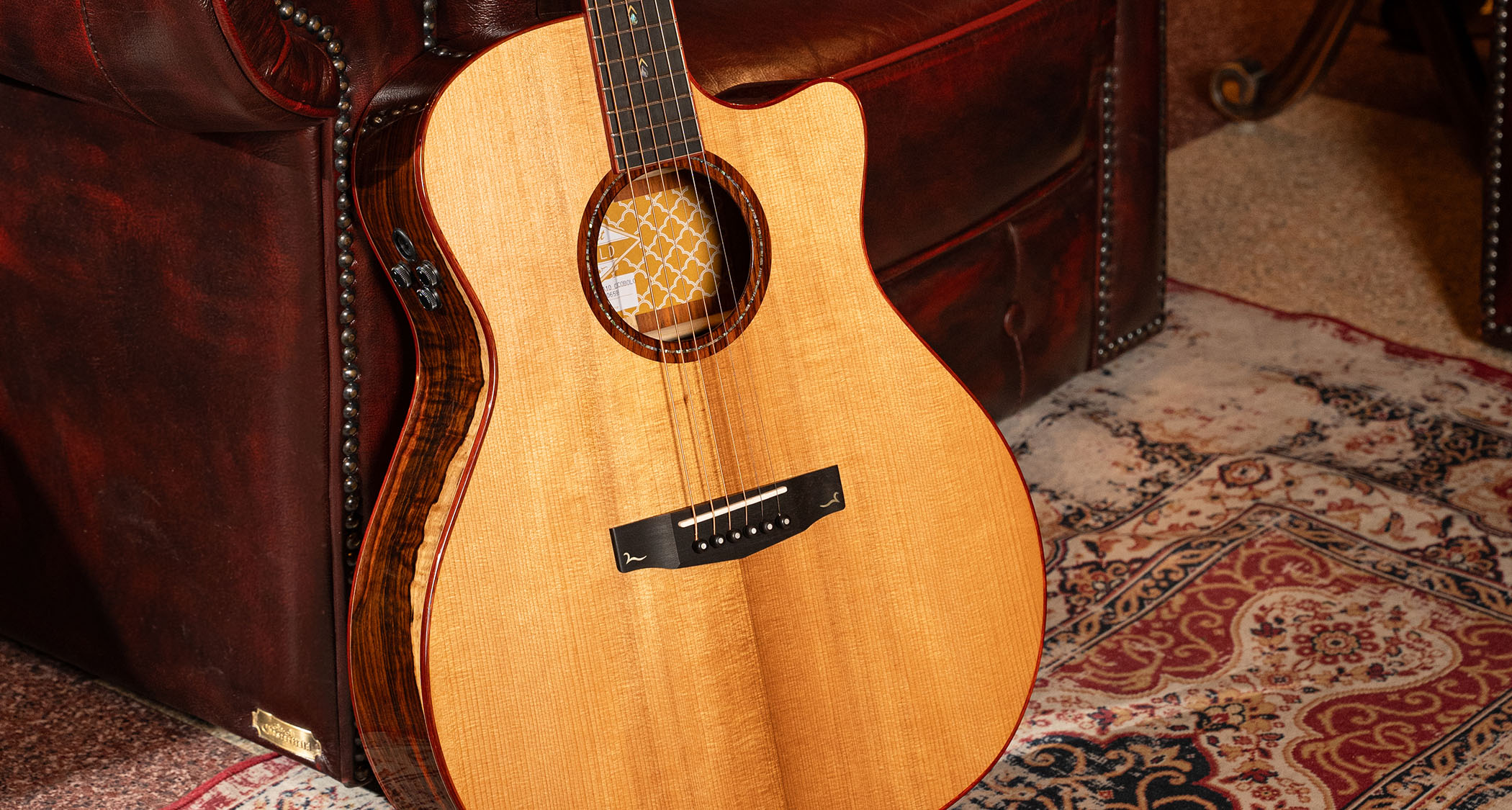Blast from the past: Vox Continental
The sharp, svelte answer to the heavyweight Hammond
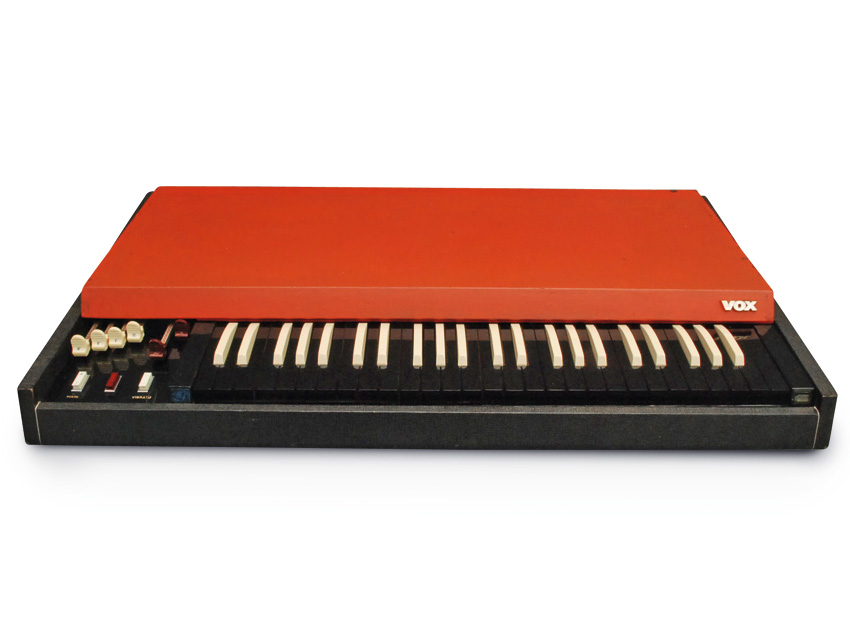
Image courtesy of Perfect Circuit Audio
Like the antagonist from a horror movie franchise, this classic transistor-based organ refuses to die.
Released in 1962 and designed as a more portable organ than Hammond's B3, Vox's Continental was everything the Hammond was not. The Hammond was a throwback to an era when organs were meant to be a part of your living room furniture, and frankly looked like something your gran would play in Sunday school.
By contrast, the Vox Continental was thoroughly modern with its deep red top, Z-shaped chrome-plated stand and reverse-coloured keys - an instrument perfectly suited to the fashion-conscious mods of the swinging '60s, then.
More significantly, where the B3 weighed in at 425lbs with bench and pedals, the dual-manual Vox Continental might as well have been shaped from gossamer at just over 70lbs. The single-manual version was lighter still.
Released in 1962 and designed as a more portable organ than Hammond's B3, Vox's Continental was everything the Hammond was not.
Alas, the sound of the Vox was equally anaemic compared to that of a Hammond. Wheezy, weedy, nasal at times, it was produced by transistor-based circuits. The Vox simply wasn't capable of the stage-shaking rumble produced by a B3's spinning metal tonewheels.
And yet this proved to be one of its strengths. That thinner, more focused sound could cut through a raucous rock 'n' roll clatter without taking over the mix. Rather than replacing the mighty Hammond, the Continental carved out its own niche, finding favour with plenty of legendary acts and gracing many a classic cut.
Get the MusicRadar Newsletter
Want all the hottest music and gear news, reviews, deals, features and more, direct to your inbox? Sign up here.
It fuelled The Animals' House of the Rising Sun as well as Question Mark and the Mysterians' 96 Tears, before becoming the sound of The Doors' Light My Fire and, perhaps most (in)famously, Iron Butterfly's indulgent epic In-A-Gadda-Da-Vida.
Vox pop
The Vox Continental fell out of fashion as the 1960s came to a close - it just didn't fit in with the burgeoning heavy rock scene. Then, more than half a decade later, something strange happened: the Vox came back.
Perhaps because it had become unfashionable, the Continental and its offspring (Jaguar, Corinthian) became the go-to organs for Punk and New Wave musicians. It perfectly suited the rowdy recordings of bands like Elvis Costello's Attractions and the hyper-kinetic Ska stylings of Madness and The Specials.
Yet when the smoke cleared and all of that rebellion had been co-opted by the mainstream music machine, the Vox was nowhere to be seen. Again, rumours of its demise were unfounded, and it would reappear 35 years on, thanks to bands like Arctic Monkeys and The Horrors.
Quite a few of them were made and, if you're lucky, you can still get one that works. However, thanks to their obsoleted germanium transistors, they can be a chore to maintain. Needless to say, collectors love them and are willing to pay top prices for them, meaning that one in good nick will set you back many times its original price.
Fortunately, we can recreate the Vox sound quite easily, thanks to a number of excellent virtual emulations and soundware for popular samplers. Just make sure you have your wraparound Ray-Bans handy.
Three great transistor organ emulations
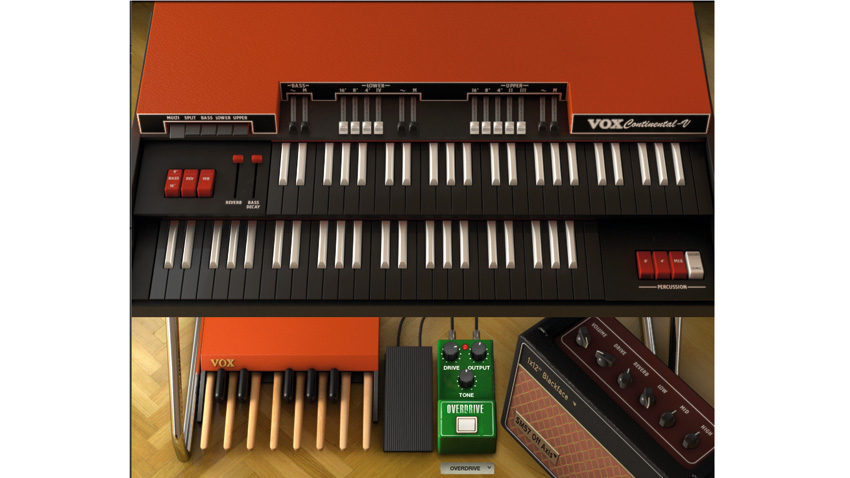
Arturia Vox Continental V
The developers behind some of the world's best synth emulations have turned their attentions towards the Continental and haven't missed a detail, with all manner of historical variations represented in this stunning clone. If you're looking to add a bit of psychedelia or soul to your tracks, you'll be hard-pressed to find a better option than this.
FULL REVIEW: Arturia Vox Continental V
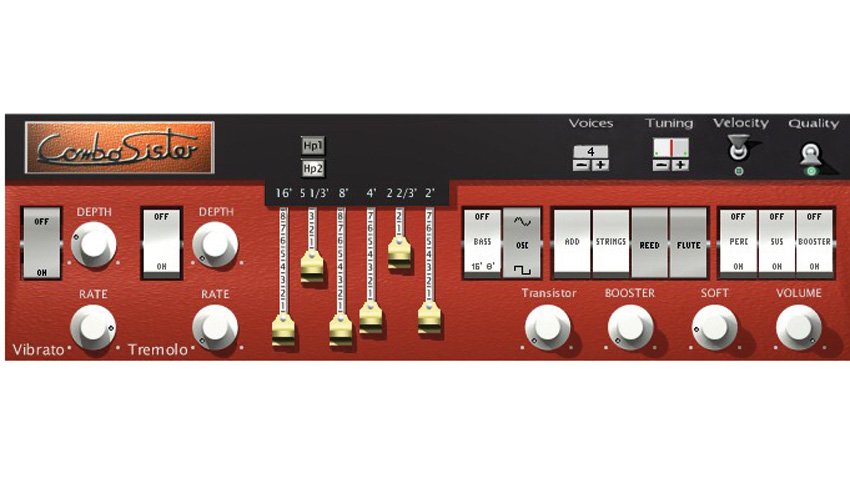
NuSofting ComboSister
An oldie but a goodie. NuSofting's cross-platform ComboSister is, like Arturia's recreation, the product of physical modelling. That means it's a mathematical recreation rather than one that depends on samples. NuSofting are masters of modelling and it shows in the gritty, detailed sound on offer here. Overlooked and underrated.
READ MORE: NuSofting ComboSister
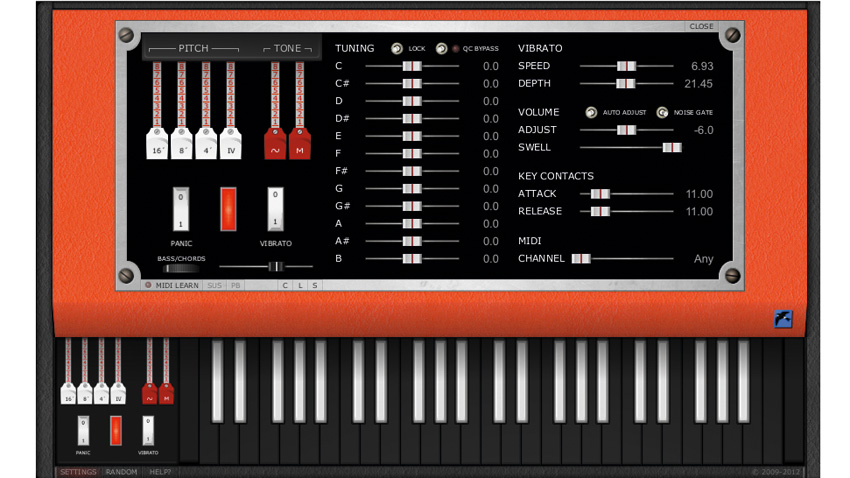
Martinic Combo Model V
If you're strapped for cash and willing to do a bit of digging, you can avail yourself of Martinic's Combo Model V. With a four-octave keyboard, six drawbars and vibrato, this one is also based on physical modelling. As of this writing, it's no longer available on Martinic's site, but we did find it at the
URL below…


Computer Music magazine is the world’s best selling publication dedicated solely to making great music with your Mac or PC computer. Each issue it brings its lucky readers the best in cutting-edge tutorials, need-to-know, expert software reviews and even all the tools you actually need to make great music today, courtesy of our legendary CM Plugin Suite.
“I’m looking forward to breaking it in on stage”: Mustard will be headlining at Coachella tonight with a very exclusive Native Instruments Maschine MK3, and there’s custom yellow Kontrol S49 MIDI keyboard, too
MusicRadar deals of the week: Enjoy a mind-blowing $600 off a full-fat Gibson Les Paul, £500 off Kirk Hammett's Epiphone Greeny, and so much more










